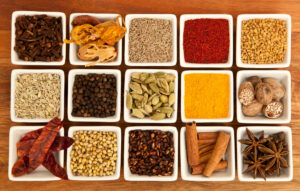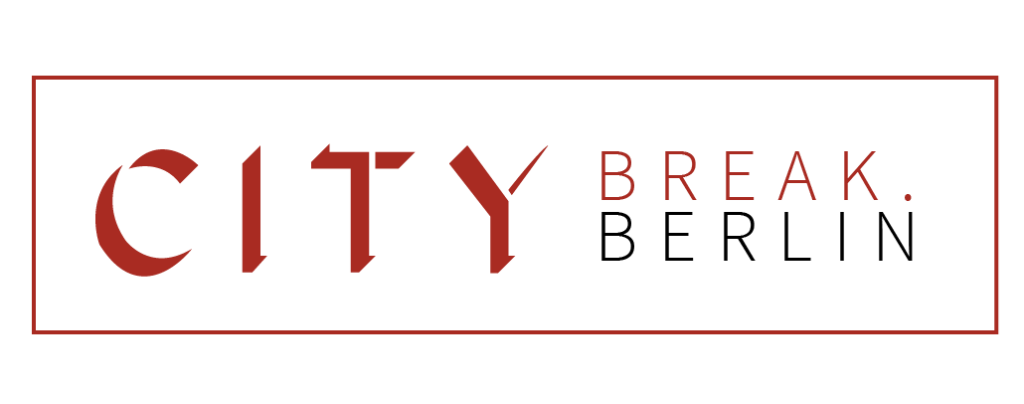
Due to the construction work, the Bauhaus archive is temporarily situated in Knesebeckstraße 1 in Charlottenburg. The Museum will open at its original home adress again in 2025 at Klingelhöferstraße 14, 10785 Berlin
The Bauhaus-Archiv / Museum für Gestaltung has been undergoing renovation since 2018 and is now being expanded with a new museum annex. In the future, the annex will offer extensive space for new exhibitions and rooms for staging cultural educational activities. This will free up space in the original building, constructed in the 1970s.
The Current Exhibition – Adress and Opening Hours
While the renovation and expansion of the Bauhaus-Archiv / Museum für Gestaltung, the current address is
Knesebeckstrasse 1
Berlin-Charlottenburg
Mon–Sat, 10 a.m. – 6 p.m.
Sundays and public holidays: closed
Admission to the temporary Bauhaus archive is free.
Special opening times of the bauhaus shop:
Sundays 8. and 22. December 2024, 10 a.m. – 6 p.m.
On 24. and 31. December 2024, 10 a.m. – 2 p.m.
On bauhaus stories, the online magazine by bauhaus.de, we report about
current evnts at the temporary bauhaus-archiv.





